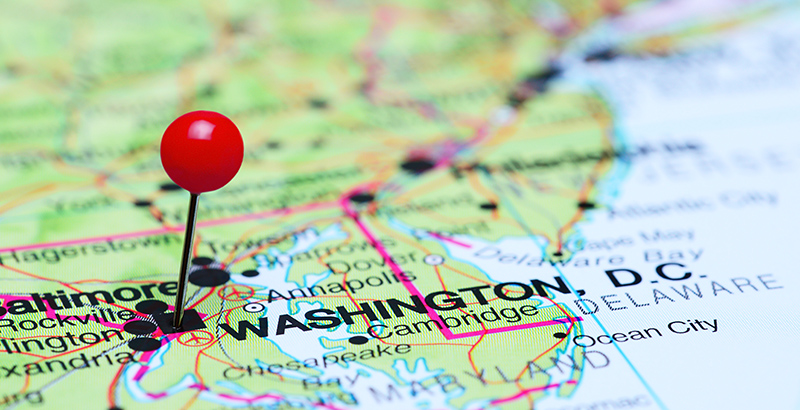This Week’s ESSA News: Why a New DOE Spending Study Could Have Major Implications for Equity, Rewriting the Rules on Religious Liberty & More

This update on the Every Student Succeeds Act and the education plans now being implemented by states and school districts is produced in partnership with ESSA Essentials, an ongoing series from the Collaborative for Student Success. It’s an offshoot of their ESSA Advance newsletter, which you can sign up for here! (See our recent ESSA updates from previous weeks right here.)
Late last year, the U.S. Department of Education “made an under-the-radar announcement that it was seeking comments on a new study of over $30 billion in federal education spending,” writes Scott Sargrad in Forbes. While it could “provide valuable information for researchers, advocates, and policymakers about the Department’s investment in K-12 education,” there are also concerns that it could be used to justify “undermining support of robust federal investment in schools and students.”
The study will examine funding levels under the Every Student Succeeds Act as well as the Individuals with Disabilities Education Act (IDEA) and will “look into how districts and schools use the money they receive from the largest programs of these two laws.”
The study will “also examine how states distribute this money, to determine whether it is reaching the intended beneficiaries,” Sargrad writes. “Studies of federal programs have an important history in advancing education reform efforts. Between 2006 and 2010, the Department of Education’s Policy and Program Studies Service published a nine-volume report on the implementation of No Child Left Behind,” which “showed that federal funds were more targeted to high-poverty districts than state and local funds, and yet high-poverty schools received less Title I funding per low-income student than low-poverty schools.”
Here are the week’s other top headlines for how states are implementing the Every Student Succeeds Act:
ESSA’s per-pupil spending data will spur transparency — but also possible misinterpretations
In Wisconsin and nationwide, new ESSA provisions will require states “to report per-pupil spending and spending source by school in each district instead of by the district as a whole.”
This provision of the federal law is meant to foster “greater financial transparency than schools were previously asked to provide.” The provision will also make it easier for communities to see “how spending is broken down in districts that have multiple schools, such as districts with multiple elementary schools.” While greater transparency “will provide more information to schools and communities,” it also “opens up the opportunity for people to misinterpret or mischaracterize the data,” according to senior researcher Anne Chapman of the Wisconsin Policy Forum.
On the efficacy of school quality surveys
According to this 74 analysis by Phyllis Jordan, school climate and student engagement surveys are becoming more popular in helping us learn more about “important contributors to student success” — including “students’ sense of belonging at school and their sense of themselves as learners … bullying among students, relationships with teachers and the respect a school shows for cultural and racial diversity.” However, some in the research community are voicing concerns about states using such surveys in the school accountability context.
With roughly a dozen states factoring survey results into their rating under ESSA, researchers say these tools “are not intended for accountability purposes and are not yet reliable enough for comparing school quality.”
New DOE rules on religious liberty and school prayer
U.S. Secretary of Education Betsy DeVos recently announced several new steps “to protect religious liberty and ensure the Department is acting in accordance with the first amendment,” according to a press release from the U.S. Department of Education. The proposed rule would address “five general areas of importance to religious organizations, faith-based institutions, and their students” in an effort to “implement President Trump’s Executive Order 13831, Executive Order on the Establishment of a White House Faith and Opportunity Initiative.”
Separately, the DOE also plans to issue “updated guidance on constitutionally protected prayer in public elementary and secondary schools,” which is required every two years by the Every Student Succeeds Act and its predecessor, the Elementary and Secondary Education Act of 1965.
Get stories like these delivered straight to your inbox. Sign up for The 74 Newsletter

;)